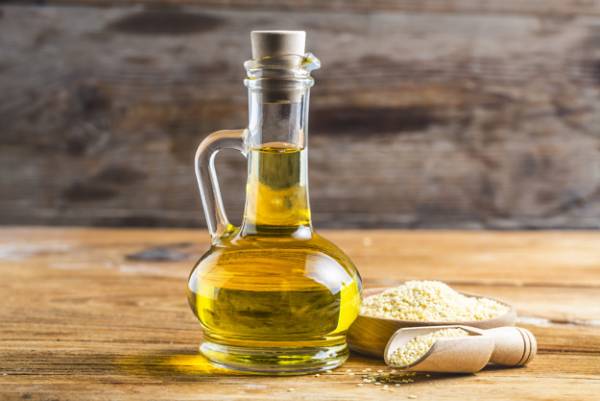Properties of sesame oil
Sesame oil is a vegetable oil obtained from sesame seeds. It has since been used as a cooking oil in South India and as a savory flavoring in Middle Eastern, African and Southeast Asian cuisines. It has a distinct aromatic flavor. Oil extracted from sesame seeds is also very popular in medical science. The oil is popular in Asia and is one of the oldest oil-based oils, but mass production worldwide is still limited due to the improper manual harvesting process required to extract the oil.
Nutritional value of sesame oil:
One tablespoon of sesame oil (13.6 grams) contains 120.2 calories, 13.6 grams of fat, of which 1.9 grams of saturated fat and 4.5 grams of monounsaturated fat. Sesame oil is rich in linoleic acid and oleic acid.
The amount of vitamin E is 0.2 mg (2%) and vitamin K is 1.8 micrograms (2%). The concentration of gamma tocopherol is more than other isomers of vitamin E. This oil does not contain any carbohydrates, protein and fiber. The amount of choline in this oil is 1%.
Types of sesame oil:
You can find sesame oil in two forms: roasted sesame oil and regular sesame oil. Roasted sesame oil is made from roasted sesame seeds and is darker in color and used to add a nutty and smoky flavor to foods. Ordinary sesame oil is also produced using non-roasted sesame seeds. Both of these oils should be refrigerated to prevent them from spoiling, especially if you don't use them regularly.
Fatty acid composition of sesame oil
Sesame oil belongs to the group of oleic-linoleic acids. This oil has less than 15% of saturated fatty acids, most of which are palmitic and stearic, and more than 85% of its total fatty acids are unsaturated. Oleic acid and linoleic acid make up more than 80% of the total fatty acids in sesame oil.


